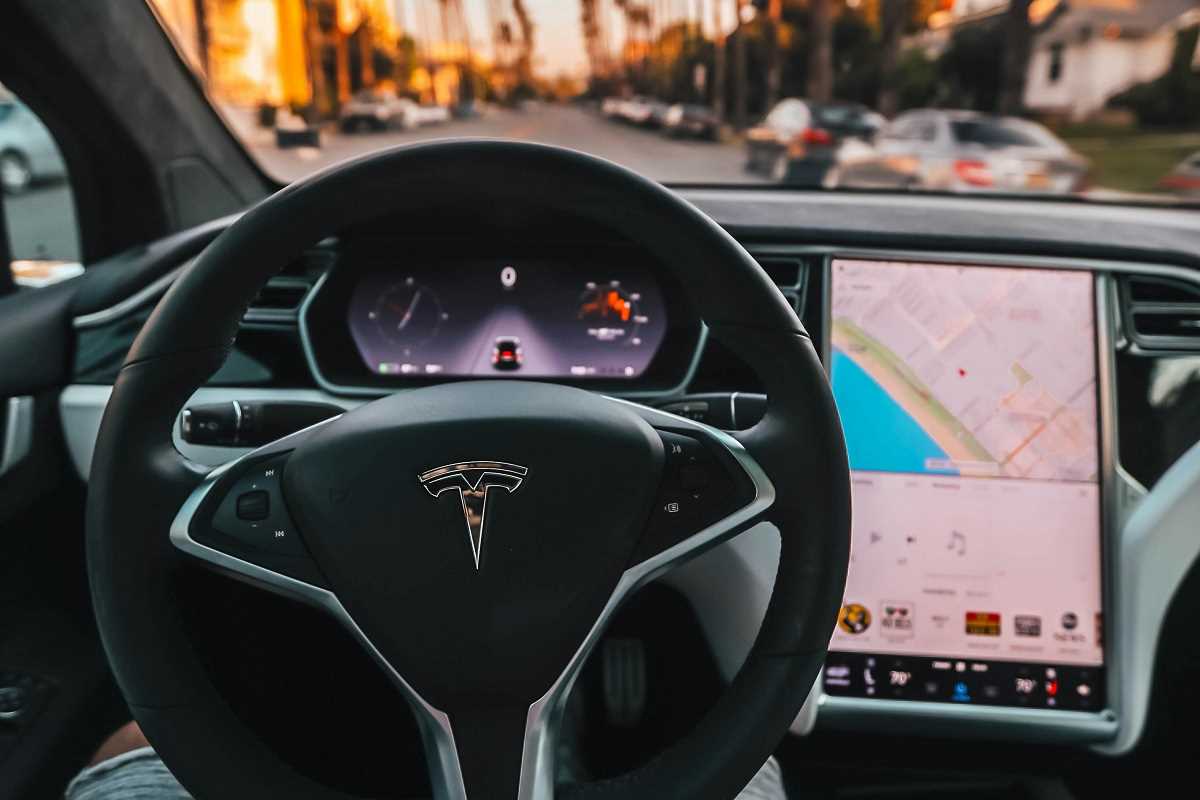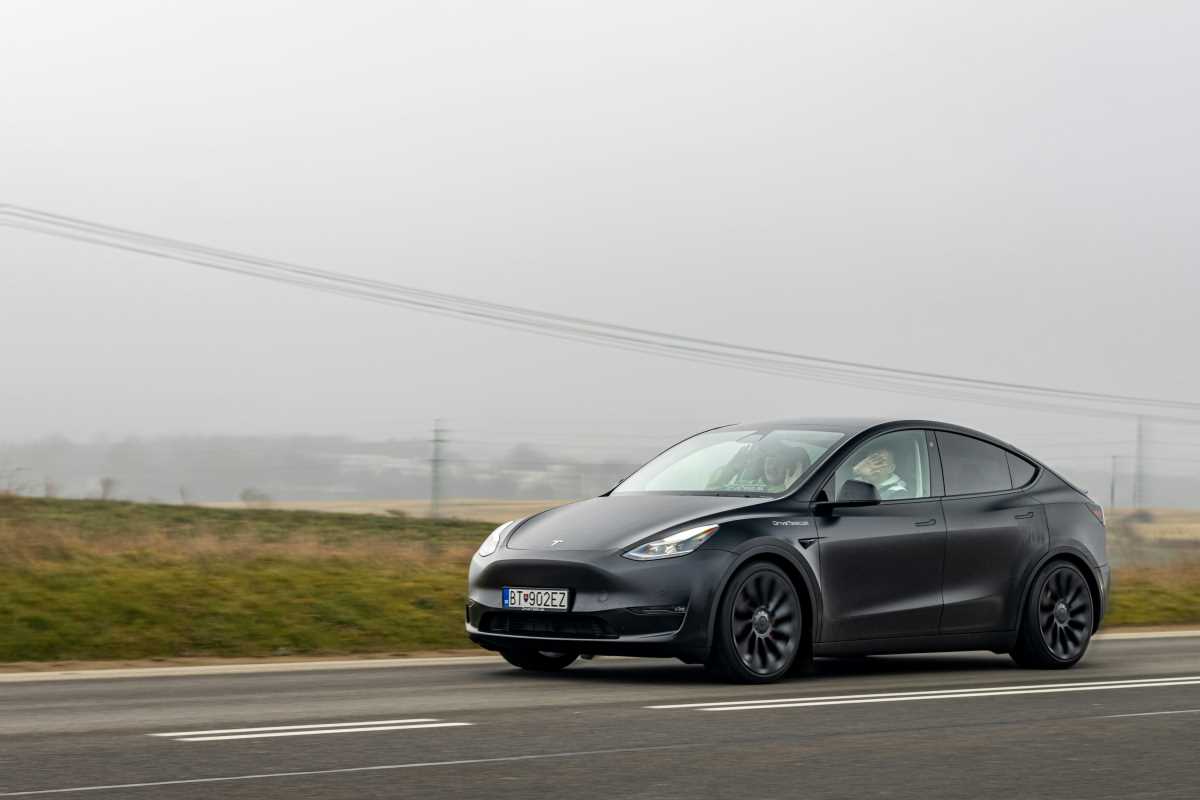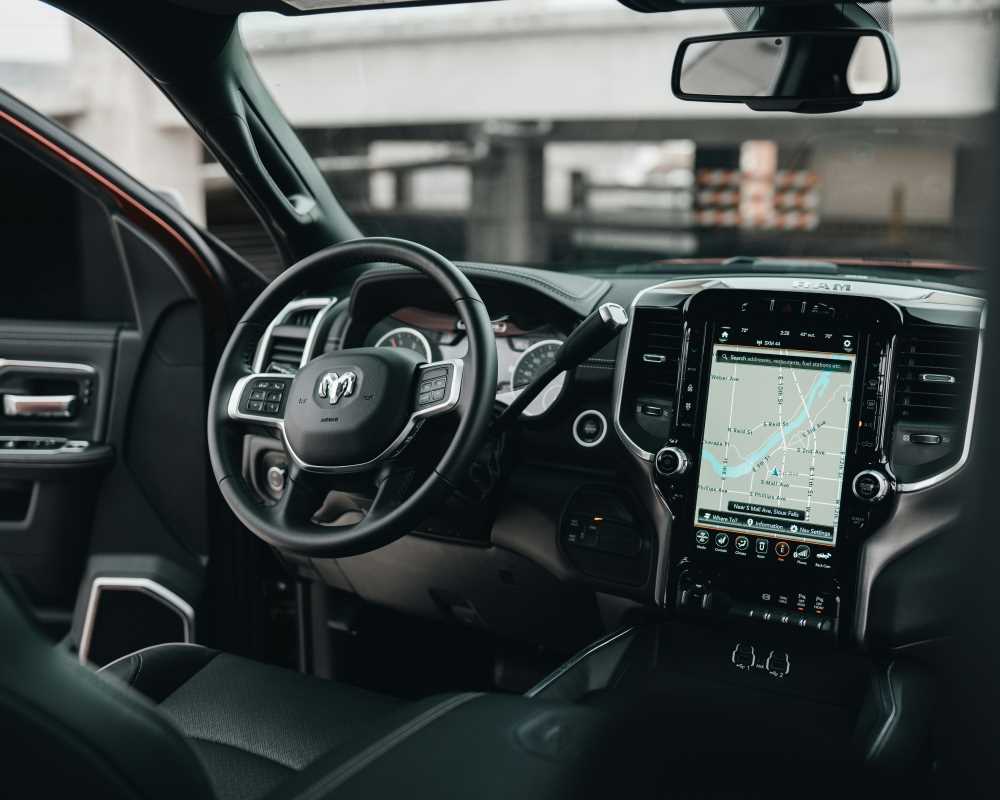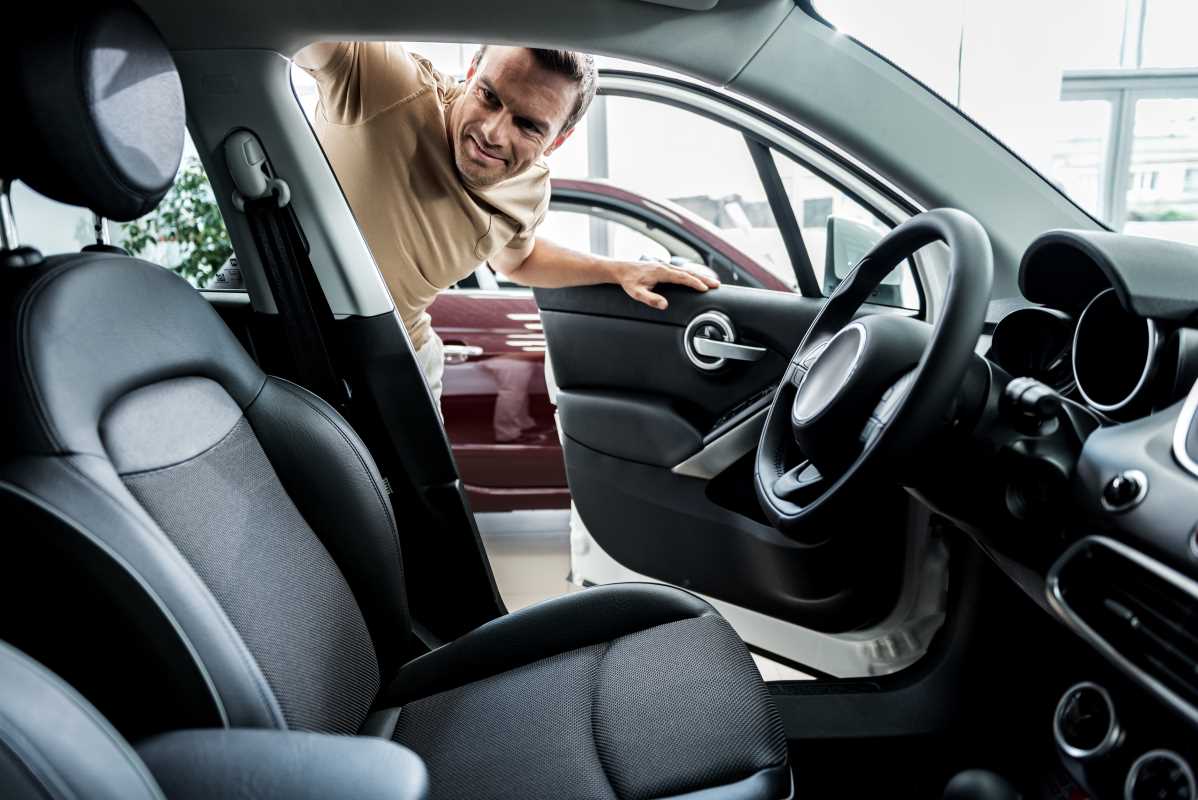The prospect of autonomous cars has shifted from science fiction fantasy to an actual technological revolution in progress. These self-driving wonders are set to change not only our daily commute but also how cities are designed, how goods are transported, and even how we think about car ownership. But as with any disruptive innovation, autonomous vehicles (AVs) come with a mix of excitement and uncertainty.
Here’s what you need to know now about the future of autonomous cars—the advancements, the opportunities, the concerns, and the reasons to be cautiously optimistic.
What Are Autonomous Cars?
At their core, autonomous vehicles are equipped with technology that allows them to operate without human intervention. Using sensors, cameras, radar, LiDAR, and advanced AI algorithms, these cars can "see" and "understand" their surroundings, making decisions in real time to drive safely and efficiently.
Levels of autonomy define how much control the vehicle can assume. These range from basic driver assistance (Level 1) to full autonomy where no human intervention is required (Level 5). While most of today’s vehicles fall between Levels 2 and 3, the future lies in achieving Levels 4 and 5, where cars can handle complex environments without any human input.
Now, let's dig into what’s exciting and concerning about this automotive evolution.
Technological Advancements Powering Autonomous Cars
Autonomous driving is built on some of the most cutting-edge innovations in technology. Here are a few breakthroughs that are propelling the industry forward:
- Next-Gen AI and Machine Learning - AI acts as the "brain" of self-driving vehicles. It interprets data from sensors to make split-second decisions, whether it’s accelerating, braking, or changing lanes. Advances in machine learning allow these systems to improve over time, becoming smarter and safer as they collect more data.
- LiDAR and Sensor Technology - LiDAR, a technology that uses lasers to measure distances, helps AVs map their surroundings in 3D. This enables the car to detect objects, pedestrians, and road signs with incredible accuracy. Coupled with high-definition cameras and radar, the vehicle gains a comprehensive understanding of its environment, even in challenging conditions like rain or fog.
- Vehicle-to-Everything (V2X) Communication - Imagine cars that "talk" not just to each other but also to road infrastructure like traffic lights, construction zones, and pedestrian crossings. That’s V2X communication, a critical feature expected in autonomous systems that will drastically improve traffic flow and reduce accidents.
- Real-Time Updates and Data Processing - Autonomous vehicles rely on constant data updates. 5G networks make it possible for these cars to get real-time traffic information, weather updates, and route optimizations instantly, making journeys more efficient and less prone to delays.
- Enhanced Safety Systems - From automatic emergency braking to lane-keeping assist, autonomous cars are already demonstrating safer driving techniques. Future iterations aim to reduce human error—a factor in over 90% of road accidents—potentially saving countless lives.
What to Look Forward To
Beyond the dazzling tech, there are sweeping changes autonomous cars could bring to our lives and the world at large. Here are some of the most exciting possibilities:
Reduced Traffic Accidents
Human error is the leading cause of traffic crashes. Autonomous vehicles, programmed to abide by traffic laws and avoid risky behavior like speeding or texting, could significantly reduce collisions and save lives.
Smoother Traffic Flow
Imagine a world where traffic jams are a thing of the past. AVs communicate with each other to optimize traffic patterns, adjust speeds for harmony, and choose less congested routes. No more frustrating bottlenecks during your morning commute.
Increased Accessibility
For individuals who cannot drive—such as the elderly or those with disabilities—AVs could revolutionize personal mobility. Autonomous taxis and shared vehicles might allow more people to travel independently.
Urban Transformation
When cars can drive themselves, the need for massive parking lots in city centers diminishes. This opens up space for parks, bike paths, and pedestrian zones, completely transforming urban landscapes. Additionally, roadways could be narrower, as driverless cars operate more precisely and reduce the need for wide lanes.
Reduced Environmental Impact
Electric AVs, coupled with smarter traffic management, could lead to significant reductions in greenhouse gas emissions. Shared autonomous fleets, replacing individually owned gas-powered cars, could further lower the environmental footprint of transportation.
Convenience on the Go
The interior of cars will likely turn into leisure or workspaces. With no driving required, passengers could spend time working, watching movies, or simply relaxing during commutes.
Concerns About Autonomous Cars
Amid all the promise, a revolution of this scale raises some important questions and challenges.
- Cybersecurity Risks - Autonomous cars are computers on wheels, which makes them potential targets for hackers. Breaches could lead to nightmare scenarios like car theft or even control over the vehicle being taken over remotely. Strong cybersecurity frameworks will need to be a top priority in the rollout of AVs.
- Ethical Dilemmas - What happens when an AV faces a no-win situation, such as choosing between hitting a pedestrian or swerving into a wall and injuring passengers? Programming such moral decisions into machines is one of the biggest ethical challenges developers face.
- Job Displacement - With the rise of self-driving vehicles, jobs in areas like trucking, ride-sharing, and delivery services could face disruption. While new opportunities may emerge in tech and maintenance, the transition will need to include support for affected workers.
- Regulatory Uncertainty - Governments and industry need to set clear rules for AV safety, cybersecurity, and liability in accidents. Autonomous vehicles will require laws that balance innovation with consumer protection, and global standards must be established to ensure consistency.
- Trust and Public Acceptance - Many people are still hesitant about trusting a machine to take the wheel. Accidents involving semi-autonomous cars, though rare, gain high-profile coverage, further fueling skepticism. Building trust through rigorous testing and transparency will be key.
- Cost and Accessibility - Cutting-edge technology comes at a price. Autonomous cars are currently expensive, which means they’re out of reach for many consumers. Bridging the cost gap and making AVs more affordable will determine how widely they’re adopted.
A Balancing Act Between Transformation and Challenges
The road to fully autonomous vehicles is still in progress, with milestones yet to be achieved. However, the potential impact goes far beyond smoother rides; AVs could reshape cities, reduce emissions, and make transportation safer and more inclusive.
That said, the challenges are real, and they’d need to be tackled head-on. Security measures must evolve at the same pace as the technology. Ethical and legal frameworks have to be established before AVs become mainstream. And the transition must consider social implications, ensuring automation lifts society as a whole rather than leaving anyone behind.
The Bottom Line
The future of autonomous cars is like a blank canvas, waiting to be painted with innovation, caution, and collaboration. While the road ahead poses challenges, the human capacity for problem-solving and progress makes it an exciting field to watch and support.
For society, businesses, and commuters, the key is to stay informed and engaged. Whether you're a tech enthusiast eagerly awaiting the first fully self-driving car or someone cautiously optimistic about sharing the road with AVs, one thing is certain—the wheels of progress aren’t stopping anytime soon.
 (Image via
(Image via





